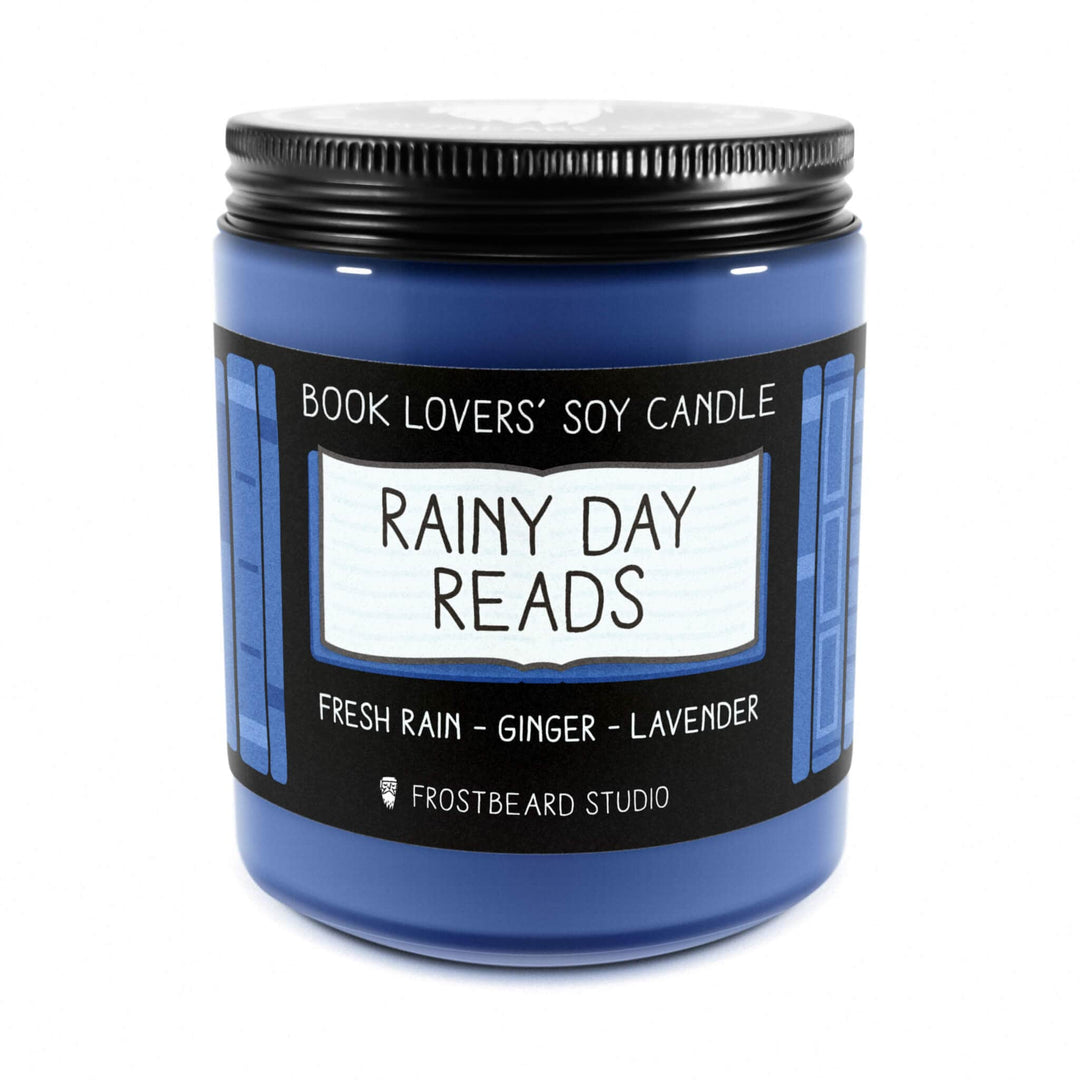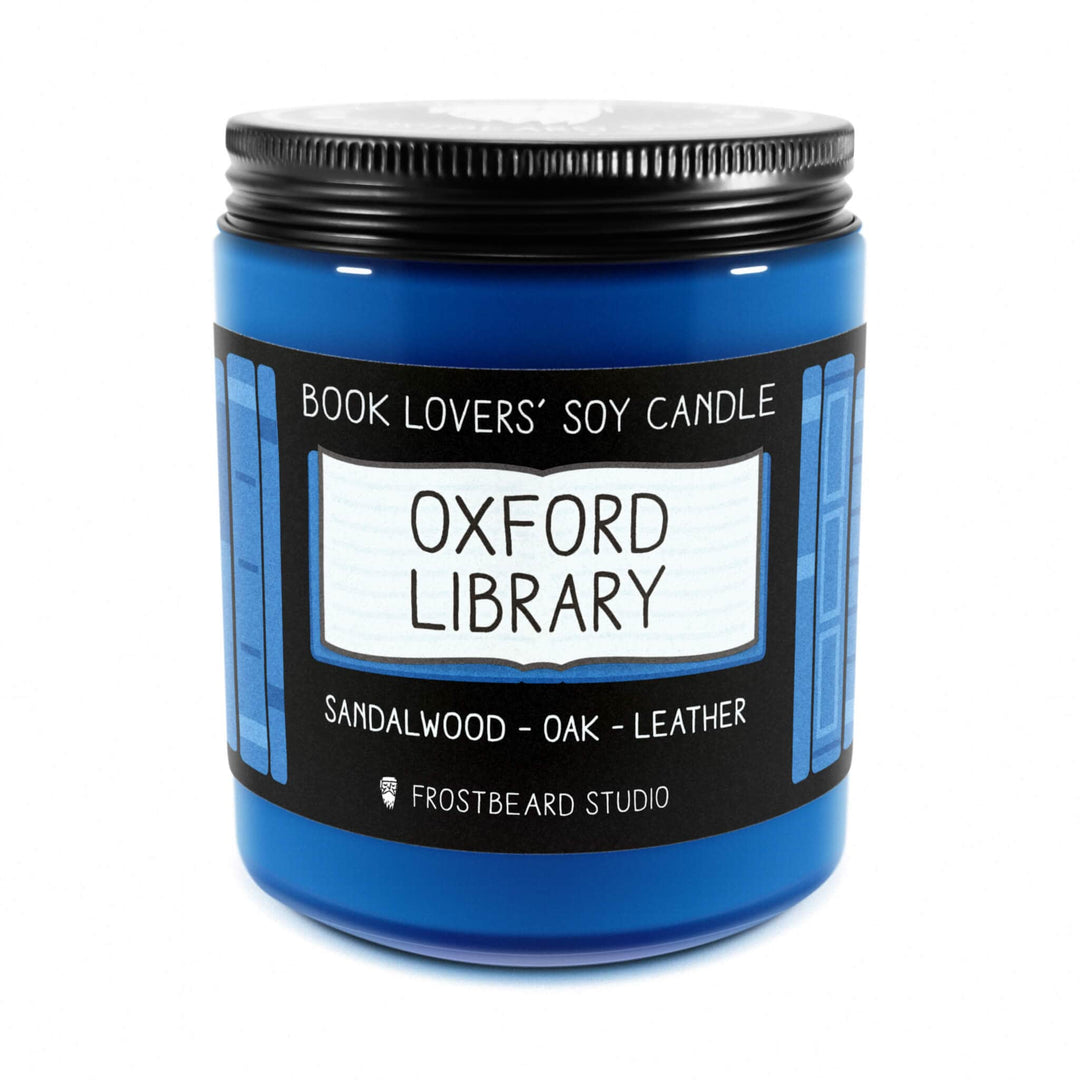Journey Back in Time: Must-Read Classic Fantasy Novels
Classic Fantasy, Timeless Tales, Literary Legacy
Classic fantasy novels transport readers into worlds filled with magic, trip, and epic battles between good and evil. If you're searching for classic fantasy novels that have shaped the genre, start with these essential reads:
- The Lord of the Rings by J.R.R. Tolkien
- The Lion, the Witch and the Wardrobe by C.S. Lewis
- Alice's Trips in Wonderland by Lewis Carroll
- A Wizard of Earthsea by Ursula K. Le Guin
These stories don't just entertain; they echo timeless themes and leave a lasting legacy on both readers and writers. As the renowned fantasy author George R.R. Martin once said, "A reader lives a thousand lives." In classic fantasy, this rings extraordinarily true.
From whimsical lands to dark, mythic fields, classic fantasy novels capture the essence of human imagination and have inspired countless authors to reimagine worlds of their own. Classic fantasy novels are not just books; they're gateways to otherworldly experiences, reflecting deep truths about our own world through fantastical allegories and enduring characters.

Common classic fantasy novels vocab: - best adult fantasy - best fantasy fiction novels - historical fantasy books
The Origins of Classic Fantasy Novels
To understand the magic of classic fantasy novels, we need to journey back to their origins. These early works laid the groundwork for the genre, influencing countless stories and captivating readers for generations.
The First Fantasy Novel
One of the earliest examples of fantasy literature is The King of the Golden River by John Ruskin. Published in 1851, this novella tells the tale of a young boy named Gluck and his quest to find the fabled Golden River. Ruskin's use of magical elements and moral lessons set a precedent for future fantasy works.
The King of the Golden River is often considered the first modern fantasy story. It combines a fairy-tale form with rich allegory, making it a timeless read for both children and adults.
Pioneers of the Genre
While Ruskin's work was groundbreaking, other authors soon followed, expanding and enriching the genre. Among them, George MacDonald stands out as a pivotal figure. Often referred to as the grandfather of modern fantasy, MacDonald's influence is profound.
George MacDonald: A Scottish author and minister, MacDonald wrote several influential works that blended fantasy with spiritual and philosophical themes. His stories often explored the human condition through fantastical elements, paving the way for future fantasy writers.
Phantastes
Published in 1858, Phantastes is one of MacDonald's most famous works. The novel follows a young man named Anodos who stumbles into a magical field. As he steers this new world, he encounters mythical creatures and faces moral dilemmas. Phantastes is often cited as one of the first true fantasy novels, influencing later giants like C.S. Lewis and J.R.R. Tolkien.
The Princess and the Goblin
Another notable work by MacDonald is The Princess and the Goblin, published in 1872. This novel tells the story of Princess Irene and her friend Curdie as they battle goblins threatening their kingdom. The book combines trip, magic, and moral lessons, making it a beloved classic in children's literature.
These early works by John Ruskin and George MacDonald laid the foundation for the rich and diverse world of fantasy literature. Their imaginative tales and deep themes continue to inspire readers and writers alike, proving that classic fantasy novels are truly timeless.
Next, we'll explore the defining characteristics of classic fantasy and how it differs from modern iterations.
Defining Classic Fantasy
Classic fantasy novels have a unique charm that sets them apart. They transport readers to elaborate worlds filled with complex characters and epic narratives. Let's dig into what makes these timeless tales so special.
Key Characteristics of Classic Fantasy
1. Elaborate Worlds
One of the hallmarks of classic fantasy is its intricate world-building. Authors like J.R.R. Tolkien and C.S. Lewis created entire universes with their own histories, languages, and cultures.
Tolkien's Middle-Earth in The Lord of the Rings is a prime example. The depth of detail in the geography, lore, and races makes it a richly immersive experience. Similarly, Lewis's Narnia in The Lion, the Witch and the Wardrobe offers a magical land filled with talking animals and mythical creatures.
2. Complex Characters
Classic fantasy often features well-developed characters who undergo significant growth. These protagonists are usually on a quest that challenges their morals, strengths, and beliefs.
For instance, in Alice's Trips in Wonderland by Lewis Carroll, Alice's journey through a whimsical and often nonsensical world allows her to confront and understand her own identity. The characters she meets, from the Cheshire Cat to the Queen of Hearts, are layered and memorable.
3. Epic Narratives
Epic narratives are central to classic fantasy. These stories often span multiple volumes and involve grand trips and battles between good and evil.
The Eye of the World by Robert Jordan, the first book in The Wheel of Time series, is a quintessential epic fantasy. It follows a group of young villagers who are thrust into a world of magic and prophecy, battling dark forces that threaten their world.
How Classic Fantasy Differs from Modern Fantasy
1. Tradition vs. Innovation
Classic fantasy often adheres to traditional storytelling methods and archetypes, such as the hero's journey and the battle between good and evil. Modern fantasy, while still drawing from these roots, tends to experiment more with narrative structure and themes.
For example, Brandon Sanderson's The Way of Kings introduces a complex magic system and a multi-layered plot that reflects modern fantasy's innovative approach. In contrast, Tolkien's works are steeped in mythological traditions and a clear moral dichotomy.
2. Evolution of Themes
Classic fantasy frequently explores timeless themes like heroism, sacrifice, and the struggle between light and darkness. These stories often carry moral lessons and allegorical meanings.
Modern fantasy, however, is more likely to tackle contemporary issues such as identity, diversity, and social justice. N.K. Jemisin's The Fifth Season, for instance, addresses themes of oppression and environmental collapse, reflecting current global concerns.
3. World-Building Techniques
While classic fantasy is known for its detailed and immersive worlds, modern fantasy often takes world-building to new levels of complexity and realism. Authors today are more likely to incorporate intricate political systems, diverse cultures, and advanced technologies.
In Mistborn by Brandon Sanderson, the unique magic system of allomancy (manipulating metals) is deeply integrated into the world's social and economic structures, showcasing modern fantasy's sophisticated approach to world-building.
Classic fantasy novels remain beloved for their timeless appeal and foundational impact on the genre. Their elaborate worlds, complex characters, and epic narratives continue to captivate readers, while modern fantasy builds upon these traditions with innovative storytelling and contemporary themes.
Next, we'll dive into some of the top classic fantasy novels of all time, exploring the influential works you can't miss.
Top Classic Fantasy Novels of All Time
When it comes to classic fantasy novels, certain titles stand out for their lasting impact and imaginative storytelling. These influential works have enchanted readers for generations and continue to be must-reads for anyone exploring the genre.
The Lord of the Rings by J.R.R. Tolkien
Middle-Earth, Epic Saga
J.R.R. Tolkien's The Lord of the Rings is often hailed as the pinnacle of high fantasy. This epic saga, beginning with The Fellowship of the Ring, transports readers to Middle-Earth, a richly detailed world filled with diverse races, ancient histories, and intricate languages.
Tolkien's narrative follows the perilous journey of Frodo Baggins and his companions as they strive to destroy the One Ring and thwart the dark lord Sauron. The series is celebrated for its elaborate world-building, from the lush landscapes of the Shire to the dark depths of Mordor.
The influence of The Lord of the Rings on fantasy literature is immeasurable. It has inspired countless authors and continues to be a benchmark for epic storytelling.
The Lion, the Witch and the Wardrobe by C.S. Lewis
Narnia, Allegorical
C.S. Lewis's The Lion, the Witch and the Wardrobe is the most famous installment in The Chronicles of Narnia. This beloved tale begins with four siblings—Peter, Susan, Edmund, and Lucy—finding a magical wardrobe that leads to the land of Narnia, where they encounter talking animals, mythical creatures, and the evil White Witch.
Lewis's work stands out for its allegorical depth. The story is often interpreted as a Christian allegory, with Aslan the lion symbolizing Christ. However, its themes of good versus evil, redemption, and the power of faith resonate with readers of all backgrounds.
Narnia's enchanting world and timeless moral lessons make it a cornerstone of classic fantasy literature.
Alice's Adventures in Wonderland by Lewis Carroll
Whimsical, Symbolic
Lewis Carroll's Alice's Adventures in Wonderland is a whimsical journey through a fantastical world filled with peculiar characters and baffling logic. The story begins when Alice follows a white rabbit down a rabbit hole and finds herself in a land where the ordinary rules of reality do not apply.
Carroll's narrative is rich in symbolism and wordplay, making it a favorite among both children and adults. Characters like the Cheshire Cat, the Mad Hatter, and the Queen of Hearts are iconic, each representing different aspects of logic, madness, and authority.
The whimsical nature of Alice's Adventures in Wonderland and its exploration of identity and reality have secured its place as a classic fantasy novel that continues to captivate readers.
Next, we'll explore the variety and diversity within classic fantasy by delving into its subgenres.
Exploring Subgenres within Classic Fantasy
Classic fantasy is a rich and varied genre, encompassing a wide array of subgenres. These subgenres offer readers different flavors of storytelling, from grand epic trips to dark, mythic tales. Let's explore two notable subgenres: High Fantasy Classics and Dark and Mythic Fantasy Pioneers.
High Fantasy Classics
High Fantasy is known for its elaborate world-building, complex characters, and epic narratives. This subgenre often takes place in entirely fictional worlds, featuring intricate magic systems and grand quests.
The Eye of the World by Robert Jordan

Robert Jordan's The Eye of the World is the first book in the Wheel of Time series, a quintessential high fantasy saga. The story follows Rand al'Thor and his friends as they start on a perilous journey after their village is attacked by dark forces. Jordan's series is known for its deep mythological roots and intricate plotlines, making it a cornerstone of high fantasy literature.
The Fellowship of the Ring by J.R.R. Tolkien
J.R.R. Tolkien's The Fellowship of the Ring is the first installment of The Lord of the Rings trilogy. This book sets the stage for an epic quest to destroy the One Ring and defeat the dark lord Sauron. Tolkien's world-building in Middle-Earth is unparalleled, with detailed histories, languages, and cultures that have influenced countless fantasy works.
Dark and Mythic Fantasy Pioneers
Dark and Mythic Fantasy focuses on the more somber and mystical aspects of the genre. These stories often dig into themes of heroism, destiny, and the supernatural, drawing from ancient myths and legends.
Le Morte d'Arthur by Thomas Malory
Thomas Malory's Le Morte d'Arthur is a seminal work in the dark and mythic fantasy subgenre. This collection of Arthurian tales chronicles the rise and fall of King Arthur and his knights of the Round Table. Malory's work is steeped in chivalric romance and tragic heroism, exploring themes of honor, betrayal, and destiny.
The Worm Ouroboros by E.R. Eddison
E.R. Eddison's The Worm Ouroboros is a classic example of mythic fantasy. The novel features a timeless conflict between the lords of Demonland and Witchland, set in a richly imagined world. Eddison's prose is heavily inspired by Norse and classical mythology, creating a narrative that feels both ancient and otherworldly. The book's title itself, referencing the ancient symbol of a serpent eating its own tail, hints at the cyclical nature of the story's themes.
By exploring these subgenres, readers can appreciate the diversity and depth of classic fantasy novels. Whether it's the grand trips of high fantasy or the profound tales of dark and mythic fantasy, there's something for every reader to find.
Next, we'll answer some frequently asked questions about classic fantasy novels.
Frequently Asked Questions about Classic Fantasy Novels
What is considered the best fantasy book of all time?
Many readers and critics agree that J.R.R. Tolkien's "The Lord of the Rings" is the pinnacle of fantasy literature. This epic trilogy, starting with The Fellowship of the Ring, has sold over 150 million copies worldwide. Tolkien's detailed world-building and timeless themes of friendship and the corrupting power of evil make it a must-read.
Another strong contender is "The Lion, the Witch and the Wardrobe" by C.S. Lewis. This book introduces readers to the magical land of Narnia, where children become heroes in a battle against the White Witch. Its allegorical themes and imaginative storytelling have captivated generations.
"Alice's Trips in Wonderland" by Lewis Carroll is also frequently mentioned. This whimsical tale of a young girl's journey through a fantastical world is filled with memorable characters and clever wordplay. Its influence on both literature and popular culture is undeniable.
Who are the most influential classic fantasy authors?
J.R.R. Tolkien is often referred to as the father of modern fantasy. His work laid the groundwork for the genre, with detailed histories, languages, and cultures that have inspired countless authors.
C.S. Lewis is another giant in the field. His Chronicles of Narnia series blends trip with deep philosophical and theological questions, making it accessible to both children and adults.
Lewis Carroll revolutionized fantasy with his Alice books. His use of logic puzzles, whimsical characters, and surreal settings broke new ground and opened up possibilities for future fantasy writers.
What themes are commonly explored in classic fantasy?
Classic fantasy novels often dig into Good vs. Evil. This theme is central to The Lord of the Rings, where the forces of good must unite to defeat the dark lord Sauron.
Heroic Quests are another staple. In The Lion, the Witch and the Wardrobe, the Pevensie children start on a quest to save Narnia. These quests often involve personal growth and self-findy.
Moral Lessons are also prevalent. Alice's Trips in Wonderland explores the absurdity of social norms and the importance of curiosity and imagination.
Classic fantasy novels offer a rich mix of themes and stories that continue to resonate with readers today. Whether you're drawn to epic battles, magical worlds, or deep moral questions, there's a classic fantasy novel waiting to capture your imagination.
Conclusion
Enhancing the Reading Experience with Frostbeard Studio
Classic fantasy novels have an enduring appeal that continues to captivate readers of all ages. Their intricate world-building, complex characters, and timeless themes create a rich mix that invites readers to escape into magical fields. These stories not only entertain but also offer profound cultural impact, addressing universal themes like good versus evil, heroism, and moral integrity.
To improve your journey through these classic tales, consider pairing your reading experience with the unique offerings from Frostbeard Studio. Based in Minneapolis, MN, Frostbeard Studio specializes in hand-poured soy candles inspired by beloved literary characters and settings. Imagine the cozy aroma of a "Bookstore" candle filling your room as you dig into the epic trips of Middle-Earth or Narnia.
Why Choose Frostbeard Studio Soy Candles?
- Eco-Friendly: Made from natural soybeans, these candles are a sustainable choice.
- Long-Lasting: They burn slower and cleaner than paraffin candles, providing more hours of delightful scents.
- Better Scent Throw: Soy wax holds fragrance well, ensuring your space is filled with captivating aromas.
Literary-Inspired Scents
Frostbeard Studio offers a variety of scents that transport you into your favorite books. For instance, our "Oxford Library" candle blends cozy sandalwood with notes of leather and oak, perfect for reading The Lord of the Rings or The Lion, the Witch and the Wardrobe. These candles create an immersive atmosphere that improves the magic of classic fantasy novels.
By structuring our article in this manner, we aim to provide a comprehensive guide to classic fantasy novels that not only informs but also engages readers. We connect them with the historical roots and transformative journey of the genre. This outline ensures coverage of essential topics and questions that are relevant to enthusiasts and newcomers alike, making it a definitive resource for anyone interested in the rich world of classic fantasy literature.
Explore our Fantasy Collection to find the perfect candle to accompany your next literary trip.
With Frostbeard Studio, you can make your reading nook a cozy haven, filled with the enchanting scents of your favorite stories. Happy reading!









